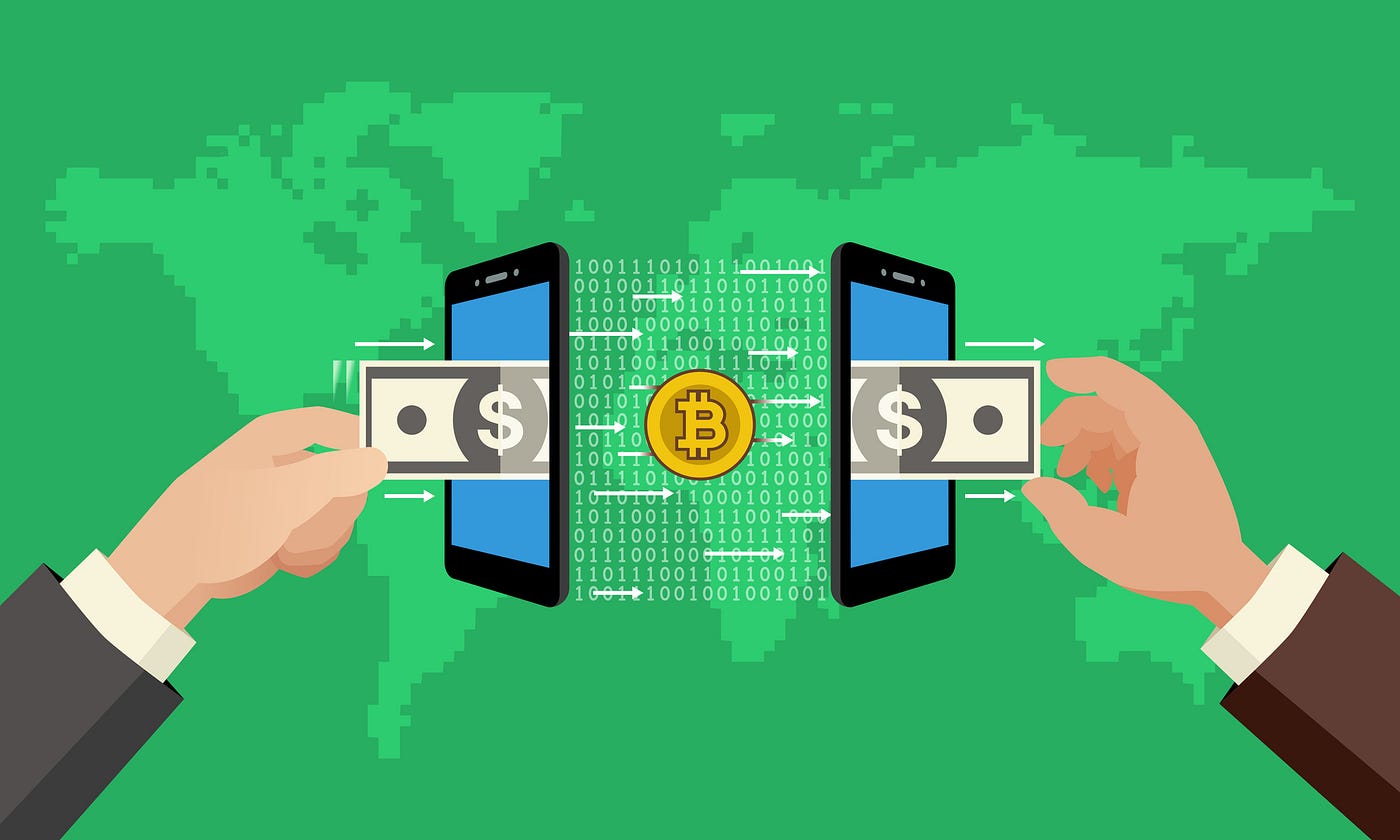President Joe Biden’s effort to craft a U.S. strategy for cryptocurrencies has highlighted a big question: Should the Federal Reserve enter the fray by issuing a digital version of the national currency, as China and others have already done?
Although some are urging the U.S. to act, there’s really no need to rush that decision. The digital-currency technology required to safeguard Americans’ privacy will take years to develop. Meanwhile, policy makers can do a lot to improve the payment system by other means.
So far, the main opposition to a U.S. digital currency has come from the banking industry. Some argue that each additional digital dollar issued by the Fed would mean one less dollar of bank deposits. This, in turn, would sharply reduce the lending power required to support economic growth.
Serious bankers know better. If banks were forced to compete against a central bank digital currency, the best available research suggests that they would offer higher interest rates, attracting more deposits and perhaps even increasing credit provision.
Granted, profits could decline, which might be the industry’s genuine concern. But disruption of banks’ traditional franchises in deposit-taking and payments is likely coming anyway. Some are preparing, others will get left behind.
That said, there’s a more significant reason for concern about digital currencies: How to protect users’ privacy, while also allowing authorities to combat money laundering and other illicit activity?
China’s digital currency, the e-CNY, cannot strike the right balance. The People’s Bank of China, which maintains the centralized transaction database, claims to have set up a system of “managed anonymity” to ensure privacy.
Yet the Chinese Communist Party directly oversees the central bank, which would hardly be in a position to refuse if the party or its security apparatus demanded access to personal transactions.
Americans value their privacy. They’ll insist, through their elected representatives, on strong safeguards against undue surveillance. But achieving this together with an effective anti-money-laundering regime is a technological challenge that will require time and resources.
The recent work of Project Hamilton, a partnership between the Boston Fed and the Massachusetts Institute of Technology, is only the first of many likely required phases of research and development — and doesn’t resolve the privacy-plus-AML problem.
This month, a panel of experts gathered by the Hoover Institution at Stanford University recommended that the U.S. government work closely with the private sector on the necessary technology before making any decision to deploy a digital dollar.
In the meantime, regulators can achieve big improvements in the existing bank-dominated payment system. The Fed, for example has so far been reluctant to provide fintech companies with access to accounts at the central bank. Doing so would give them a secure place to park customer funds and connect them directly to the Fed’s payment rails, fostering greater innovation, competition and possibly financial inclusion.
Another upgrade could be achieved with FedNow, the real-time payment system that the Fed is aiming to release next year. It will allow instant payments, around the clock. To the extent that banks use it, their customers will no longer need to wait and worry about when and whether they’ll receive payments, and merchants might be able to sidestep hefty interchange fees for credit cards.
But banks might be slow to adopt the new system, worried about reducing the stickiness of their depositors, and undermining their profitable credit-card franchises. So to realize the full potential of FedNow, regulators should push for broad interoperability across payment apps, instead of tolerating the walled gardens preferred by banks.
The U.S. should also provide leadership on cross-border payments. For one, it should lead the development of global principles for private digital currencies such as stablecoins — which have the potential to make international payments, such as immigrant workers’ remittances to their families back home, much easier and less expensive.
Also, there’s a danger that digital currencies issued by the world’s most powerful central banks could displace other countries’ national currencies. To counteract this, central banks should agree to limit issuance abroad, so that smaller and more open economies are not dollarized, or yuanized.
Americans need to be patient about a digital dollar. This is not a case where the first mover has the advantage. It’s much more important, if we do it at all, to get it right.
Read full story on Bloomberg


